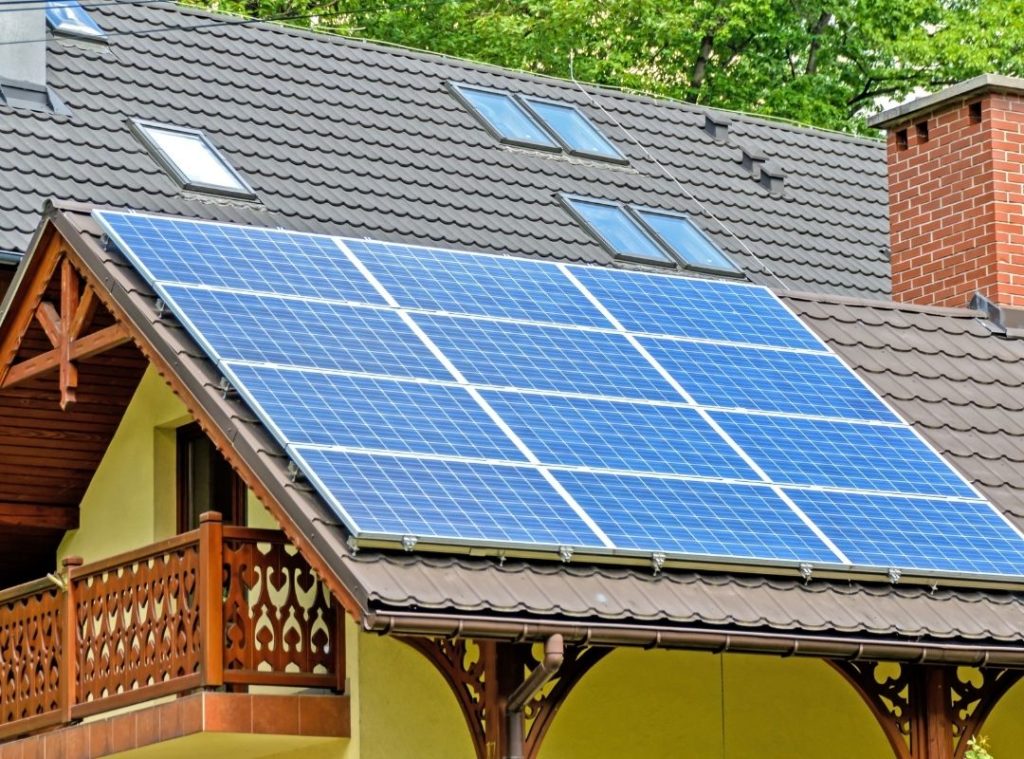Solar roofing, a beacon of sustainable energy, has found a significant foothold in Phoenix, thanks to the city’s abundant sunshine. However, to harness this sun power effectively, understanding and maximizing solar panel efficiency becomes paramount. As homeowners and businesses transition to this green energy source, it’s essential to recognize the factors that can influence its performance.
Phoenix, with its unique geographical attributes and urban layout, presents both opportunities and challenges for solar installations. While the city enjoys a high number of sunny days, certain factors, like shading, can impact the efficiency of solar panels. This article delves into the intricacies of shading and its effects on solar roofing performance in Phoenix.
The Basics of Solar Panel Efficiency
Solar panels operate by converting sunlight into electricity. This conversion process, while seemingly straightforward, is influenced by various factors, including the intensity of sunlight, the angle of incidence, and the panel’s temperature. The more optimized these factors are, the higher the efficiency of the solar panel.
However, one of the most significant impediments to achieving optimal efficiency is shading. Even a small shadow on a part of a solar panel can reduce its overall performance. This is because solar panels are made up of multiple cells, and if one cell is shaded, it can affect the output of the entire panel.
The Role of Shading in Solar Performance
Shading can come from various sources: trees, nearby buildings, chimneys, or even debris like leaves and dust. When a solar panel is shaded, it doesn’t just produce less electricity; it can also cause the panel to wear out faster due to the creation of hot spots, which can damage the cells.
In Phoenix, where maximizing every bit of sunlight is crucial for optimal solar performance, shading can be a significant setback. The city’s sunny disposition means that solar installations can yield high returns, but only if they’re not compromised by shadows.
Unique Shading Challenges in Phoenix
Phoenix’s geographical location means it experiences a particular solar trajectory. The angle of the sun changes with the seasons, and this can influence how shadows are cast, especially in densely built areas or places with mature trees. While winter might see longer shadows due to the sun’s lower position, summer might present challenges with foliage.
Moreover, the urban layout of Phoenix, with its mix of residential, commercial, and green spaces, can lead to unexpected shading issues. A tall building or a newly constructed structure can suddenly turn a previously efficient solar setup into a less productive one due to the shadows it casts.
Quantifying the Impact of Shading
Shading can lead to a significant drop in a solar panel’s efficiency. For instance, if even 10% of a panel is shaded, the energy output can decrease disproportionately, sometimes by more than 20%. This not only leads to less electricity generation but also financial losses in potential savings.
For homeowners and businesses in Phoenix, this could mean higher electricity bills and longer periods to achieve a return on their solar investment. Given the city’s potential for solar energy, it’s crucial to understand and mitigate the effects of shading to maximize benefits.
Solutions and Mitigation Strategies
One of the primary solutions to shading is the strategic placement and orientation of solar panels. By assessing the sun’s path throughout the year and potential shading sources, panels can be positioned for maximum sunlight exposure. Additionally, using technologies like microinverters or power optimizers can help in ensuring that shaded panels don’t affect the entire system’s performance.
Regular maintenance, like cleaning the panels to remove debris and trimming trees or other obstructions, can also play a significant role in reducing shading. For those looking to install new panels, opting for advanced designs that are less affected by shading can be a wise choice.
Tools and Technologies to Assess Shading
To effectively combat shading, it’s essential to understand its sources and intensity. Tools like the Solar Pathfinder can provide a visual representation of shading throughout the year. For a more tech-savvy approach, shading analysis software can give detailed insights into potential shading issues and their impact on solar performance.
Drones equipped with cameras have also become a popular tool for shading assessment. They can provide a bird’s-eye view of the installation site, helping in identifying potential shading sources and suggesting optimal panel placement.
Real-life Case Studies in Phoenix
Consider a Phoenix homeowner who noticed a sudden drop in her solar system’s performance. Upon investigation, it was found that a neighboring building, constructed recently, was casting a shadow on her panels during peak sunlight hours. By reorienting her panels and using power optimizers, she was able to regain most of her system’s efficiency.
In another instance, a Phoenix business faced shading issues due to mature trees around its premises. While the trees added aesthetic value, they compromised the solar installation’s efficiency. A combination of strategic tree trimming and panel repositioning helped the business optimize its solar energy production.
Shading, while a challenge, is not insurmountable. With the right tools, strategies, and awareness, Phoenix residents can harness the city’s abundant sunlight to its fullest potential. As solar energy continues to grow in popularity, understanding and mitigating factors like shading become even more critical. For those in Phoenix looking to optimize their solar installations or seeking professional guidance on shading issues, Advosy Energy stands ready to assist, ensuring that the sun’s power is utilized to its maximum.

